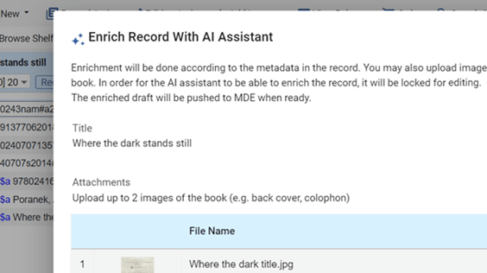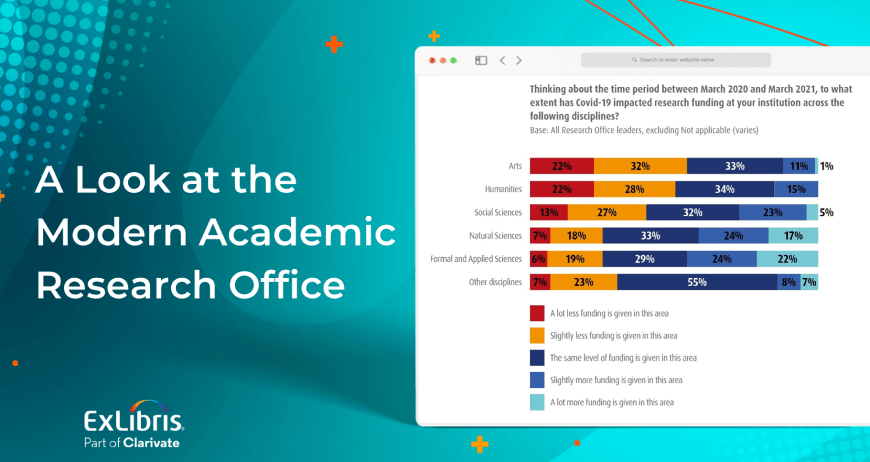Dani Guzman, Ex Libris
The Covid-19 pandemic has aggravated existing pressures on the research office, while also accelerating certain changes that were already underway. On the one hand, cost reduction efforts by academic institutions are increasing the strain on research budgets; on the other, the entire research ecosystem is evolving, with a changing funding landscape, growing focus on interdisciplinary collaborations, and an increasing move toward open access. The future of research is looking more dynamic and, potentially, more impactful.
With this as a backdrop, we can ask the question: What are the main priorities of academic institutions for facilitating research in 2020 and beyond?
Alterline, an independent research agency, was commissioned by Ex Libris to answer this question, among others. The report presents a detailed snapshot of the experience of researchers and research office personnel in the US, the UK and Australia in conducting and supporting research at institutions of higher education.
We will be addressing some other topics highlighted by the report in subsequent articles. But for now, let’s take a look at what senior research office staff members have cited as the main institutional priorities with regard to academic research.
Unlock the full potential of your library with Ex Libris! We offer a powerful integrated library system, like the industry-leading Alma, that seamlessly connect your users to the information they need. Streamline workflows, boost efficiency, and empower your library to thrive in today’s digital world. Explore our solutions and discover how Ex Libris can transform your library.










